Drought Inducement

Recent analysis leads to the conclusion that the extensive and systematic aerosol operations that are being conducted without informed consent are aggravating, if not instigating, the elevated drought conditions that are now commonly being observed.
Clifford E Carnicom – Carnicom Institute
Apr 02 200 – Edited Apr 07 2002
The current discussion centers upon the heat aspects of the atmosphere, which are currently under investigation. This paper will be presented in two sections: an initial general and conceptual statement of the problem and findings, to be followed by a more detailed presentation based upon certain fundamentals of physics, chemistry and mathematics.
In regard to the preliminary discussion, it is necessary to introduce the physical term known as the “specific heat” of a substance. Here is the definition of the specific heat:
The specific heat is the amount of heat required to flow into a substance to produce a one degree rise in temperature.
Comprehension of this definition is helpful to understand the basis of the discussion which follows. Tabulations of specific heats of the elements and various compounds are readily available within reference books. Even more importantly, it is necessary to recognize the practical application of this definition through the following additional statements:
A substance with a high specific heat requires more heat energy to raise its temperature a given amount than one with a low specific heat. Similarly, and conversely, and in particular related to the current discussion, a substance with a lower specific heat will raise higher in temperature with a given amount of heat than a substance with a higher specific heat. This importance of this latter fact will hopefully become apparent to the reader in due course.
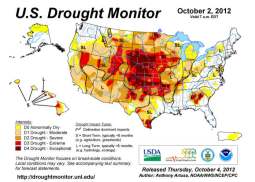 The general and conceptual question that arises is this: Given that the air of the earth has a specific heat value, what would be the projected heat effect of introducing metallic particulate aerosols into that atmosphere? And specifically, what would be the projected effect of introducing particulate forms of aluminum, barium, magnesium, titanium and calcium? This itemized list of elemental contributions is of special interest because of both historical and recent investigations that confirm their unexpected presence in our atmosphere in direct association with the advent of the aircraft aerosol operations.
The general and conceptual question that arises is this: Given that the air of the earth has a specific heat value, what would be the projected heat effect of introducing metallic particulate aerosols into that atmosphere? And specifically, what would be the projected effect of introducing particulate forms of aluminum, barium, magnesium, titanium and calcium? This itemized list of elemental contributions is of special interest because of both historical and recent investigations that confirm their unexpected presence in our atmosphere in direct association with the advent of the aircraft aerosol operations.
It can be stated that the introduction of the majority of these five elements will have the net effect of increasing the temperature of the atmosphere of this planet. This is a consequence of the specific heat values of the elements under primary consideration. This finding is potentially of the greatest consequence to both the life and welfare of this planet. It is reasonable to conclude that this finding may reveal a direction connection with, or impact upon, the rising prevalence of observed drought conditions. It is hoped that the citizens of this nation and the planet in general will organize to the level of confronting directly the ramifications of the aerosol operations which remain in progress, and to continue to force full disclosure and accountability.
Additional Notes:
Research in the near future will be focused upon the the continued quantitative assessment of physical impact upon the atmosphere and ecosphere. The results presented here are an entirely separate and distinct issue from the moisture absorption or collection properties of the aerosols, as are also commonly observed. Specific heat properties of substances are intrinsic to the nature of the elements themselves. Corrections or modifications to this page will be made as is appropriate.
Expanded discussion:
The specific heat of a substance (c) is defined as c = dQ/(dT*m), where Q is the amount of heat entering a mass (m) of substance, and the consequent rise in temperature is dT. The SI units of specific heat are kJ / (kg * K) where J refers to joules, kg is kilograms, and K is degrees Kelvin.
The specific heat of air can be taken as 1.003kJ/(kg * K) with little variation amongst the considered pressures or temperatures. This means that approximately 1003 joules of energy are required to raise the temperature of 1 kilogram of air by one degree Kelvin (or Celsius). For the sake of comparison to more commonly encountered forms of energy and power, a watt is equal to one joule per second.
The above definition can also be manipulated into the form : dT = dQ / (m * c). From this expression, we can see that given a fixed amount of heat flow (dQ), a decreased value for the specific heat (c) will result in a greater rise in temperature (dT). This is especially relevant to the current topic, as the majority of the aerosols under consideration all have a specific heat value less than that of air.
Our interest in evaluating the effect of aerosol introduction upon subsequent increases or decreases in atmospheric temperature lead us to consider the specific heat of a mixture. That is, we must consider the effects of multiple ingredients within a substance, and their effect upon the heat transfer properties of that substance.
The specific heat of a mixture is given by:
cp = sum (mfi * cpi)
where mfi is the mass fraction of the ith component, or contribution to the total. This is defined as:
mfi = mi / m
where mi is the mass of the ith component, and m is the total mass of the mixture.
cpi is the specific heat of the ith component of the mixture, and cp is the specific heat of the mixture.
Let us first consider the specific heat of air alone, which is well established within the references, and which herein a value of 1.003 kJ/ (kg * K) has been assumed. In this presentation, the specific heat of air will be designated as c(a).
Now let us consider an added ingredient to this gas, or air. In particular, this will be an aerosol of a particular element. We will designate the mass of this introduced element as m(e) and the specific heat of this element as c(e). From the definition of the specific heat of a mixture given earlier, we may now write the specific heat of the air combined with the introduced aerosol as:
cp = (m(a) / (m(a) + m(e))) * c(a) + (m(e) / (m(a) + m(e))) * c(e)
What now becomes of interest to us is the ratio of cp to c(a), i.e, the ratio of the specific heat of the combined mixture (air + aerosol) to the specific heat of air itself (cp / c(a)). If this ratio is less than one, it means that the introduction of the aerosol (or element or compound) will cause a greater rise of temperature in the modified atmosphere for a given amount of heat (sunlight) into the system.
Let us now form this ratio:
cp / c(a) = ((m(a) / (m(a) + m(e))) * c(a) + (m(e) / (m(a) + m(e))) * c(e)) / c(a)
or
cp / c(a) = (m(a)*c(a) + m(e)*c(e)) / (c(a) * (m(a) + m(e)))
Now our interest lies under what conditions this ratio is less than one, as that will produce a net increase in temperature of the modified air for a given amount of heat. If the ratio were to manifest as greater than one, then the converse would be true. Let us examine the question of under what conditions the ratio becomes less than one:
(m(a) * c(a) + m(e) * c(e)) / (c(a) * (m(a) + m(e)) < 1
or
m(a) * c(a) + m(e) * c(e) < m(a) * c(a) + m(e) * c(a)
or
m(e) * c(e) < m(e) * c(a)
or
c(e) < c(a)
This result is important for the following reason. This result reveals to us that if we were to introduce an element into the atmosphere with a specific heat less than that of air, it would have the net effect of raising the temperature of the modified atmosphere for a given amount of heat (i.e., sun) input into the system (i.e., ecosphere).
Of course, the question that now arises is, what is the specific heat of the elements (as a minimum) that are under consideration? Here are the values for these as well as a few others for us to consider:
| Element or Compound | Specific Heat kJ / (kg * K) |
| Air | 1.003 |
| Water | 4.184 |
| Ice | 2.1 |
| Aluminum | 0.92 |
| Barium | 0.19 |
| Titanium | 0.52 |
| Magnesium | 1.02 |
| Calcium | 0.65 |
With regard to the elements under examination, we can see that with exception to magnesium, each has a specific heat less than that of air. The current analysis leads us to conclude that the introduction of each of the elements with a specific heat less than that of air would have the effect of increasing the temperature of the modified air for a given amount of heat. We also see, on the contrary, that the introduction of water into the atmosphere, would have a beneficial effect upon heat reduction due to the large value of specific heat.
These results portend significant consequences and ramifications upon the health of this planet and its atmosphere. It is difficult to deny the projected and current influence upon drought conditions for the earth as long as the aerosol operations remain unchecked. It is reiterated that the citizens of this nation and earth have the duty to force full accountability, disclosure and cessation of the aircraft aerosol operations which remain in progress.
Authored at Angel Peak, New Mexico
Apr 02 2002
The following link to The National Drought Mitigation Center based at the University of Nebraska-Lincoln is provided as a result of research efforts by a member of the message board THE DROUGHT MONITOR
Appreciation is extended to this individual for the above contribution.














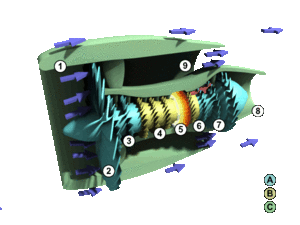
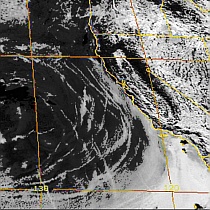


















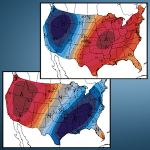










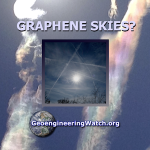




































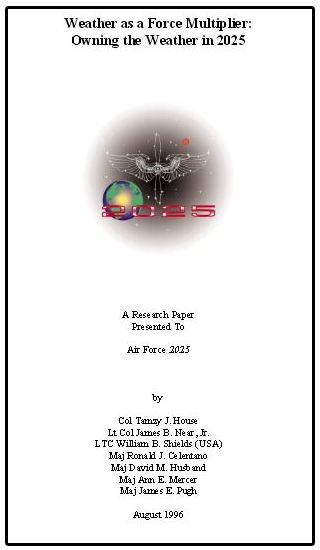






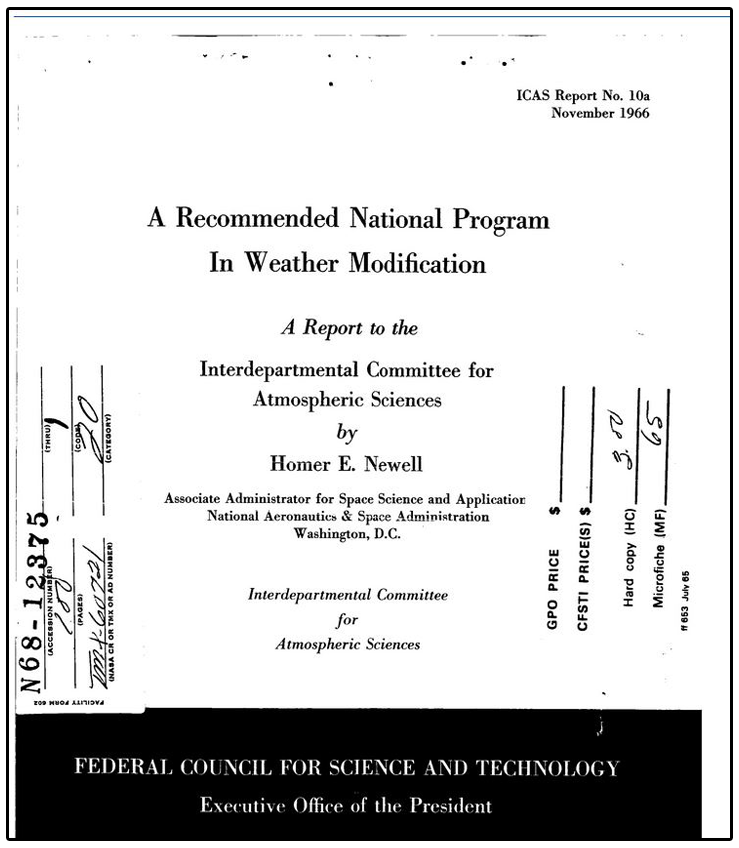








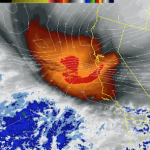










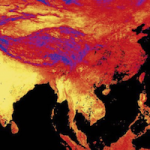
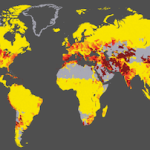

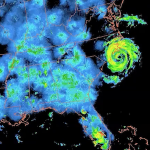
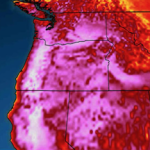






















Leave a Reply